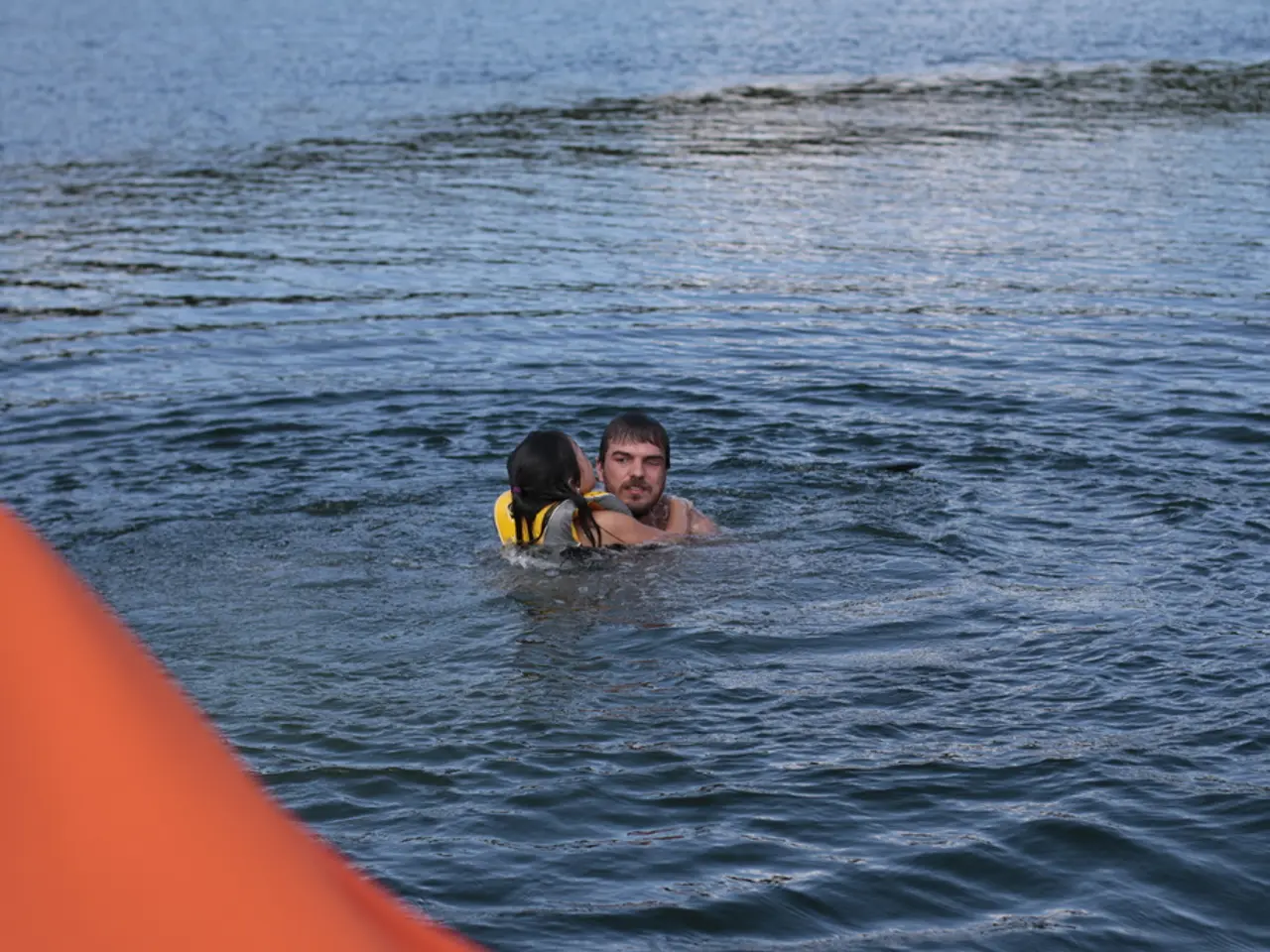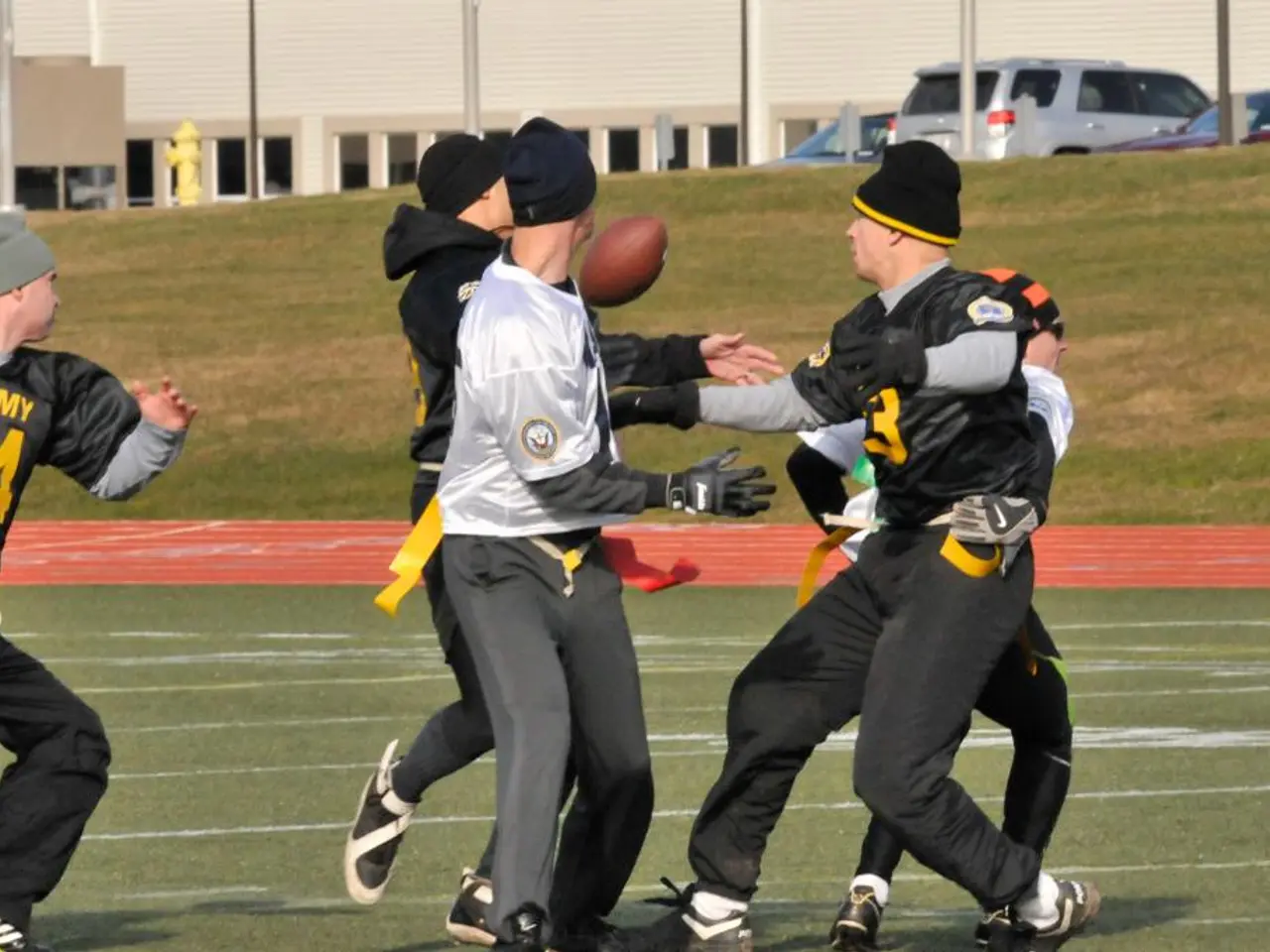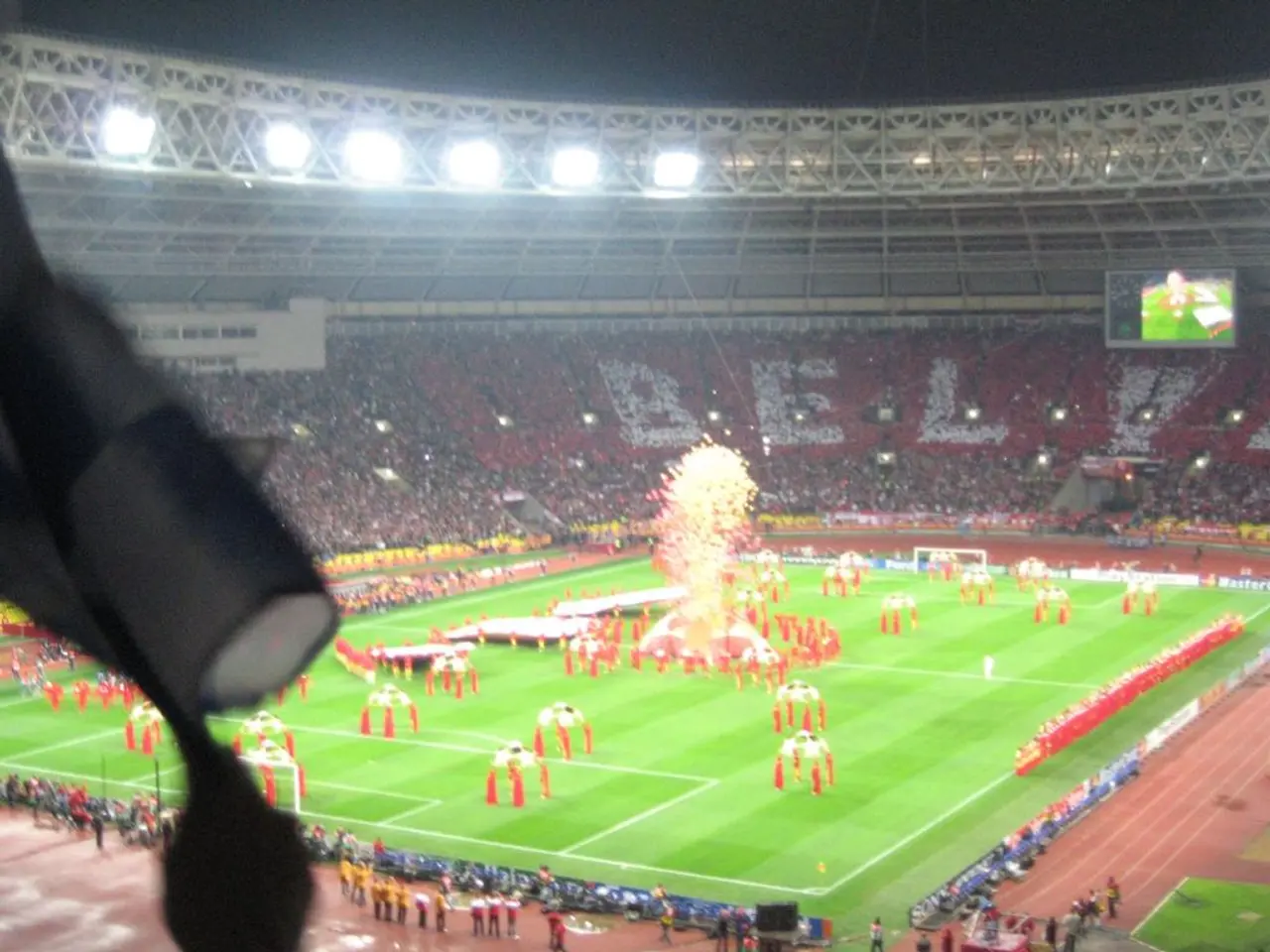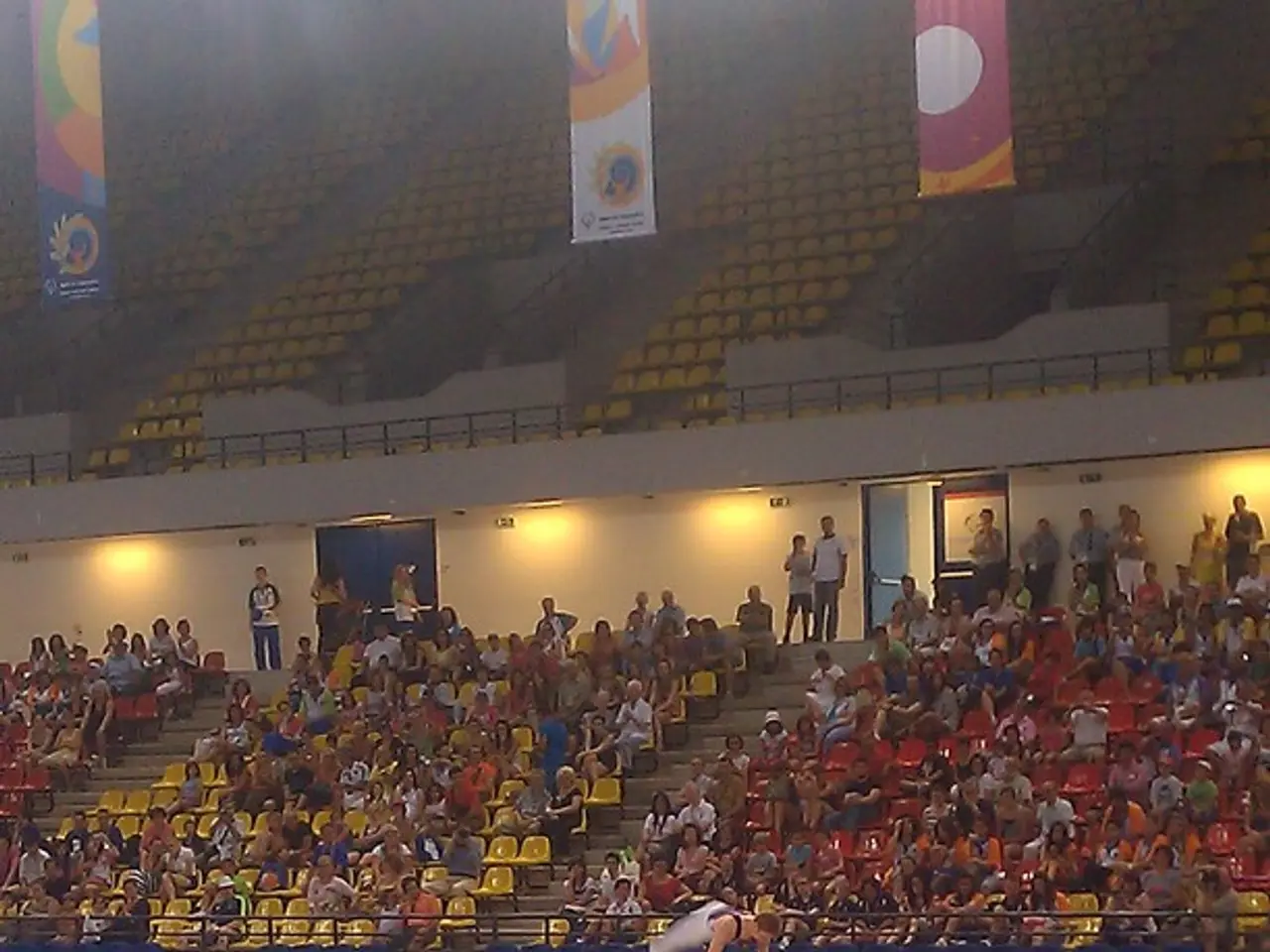Recreational water activities on the Small Weser are now being resumed.
The Little Weser, a popular destination for water sports enthusiasts, has seen a change in regulations due to the presence of blue-green algae. Both the Senators for Environment, Climate, and Science, and the Interior and Sport have taken urgent measures to ensure the safety of the public.
The blue-green algae bloom has led to the closure of Lake Werder and the Little Weser outside the official swimming area. Swimming in the Little Weser remains prohibited, even with a life jacket, due to the potential health risks associated with these algae.
However, after an inspection with representatives from sports clubs, the German Lifeguard Association (DLRG), and firefighters, a decision was made to allow water sports with a life jacket. This is due to the current inability for rescue diving, as the growth of blue-green algae near the water surface makes it difficult to perform such rescues.
Wearing a flotation device on the Little Weser is intended to provide buoyancy and facilitate rescue on the water surface in case of an emergency. The only condition for participating in water sports is wearing a swim or life jacket.
The clearing of the swimming area on the Little Weser took about two weeks and cost nearly 28,000 euros. This cost will be shared equally by the Senators for Environment, Climate, and Science and the Interior and Sport. The closure affected many water sports enthusiasts, but the authorities are aiming to enable the use of the entire Lake Werder and the Little Weser for the coming summer and subsequent years.
If the blue-green algae spread again at this location, the authorities will intervene again to ensure swimming remains possible until the end of the swimming season. Completely removing the blue-green algae from the swimming areas is considered unrealistic based on expert assessment.
Blue-green algae (cyanobacteria) blooms can produce neurotoxins, hepatotoxins, and skin irritants harmful to people and animals. In rivers like the Little Weser, where such blooms occur, authorities enforce protective measures (like mandatory life jackets) to reduce drowning risks if someone is affected by exposure or fatigue in the water, as well as to discourage immersion that increases toxin intake.
As of July 31, water sports with a life jacket will be allowed again on a part of the Little Weser. The Senators for Environment, Climate, and Science and the Interior and Sport are currently in talks with municipalities that have experience in managing invasive and highly competitive plants in bathing waters to ensure the safety and enjoyment of the Little Weser for all.
Water sports enthusiasts are allowed to participate in activities on the Little Weser with the use of a life jacket, as the growth of blue-green algae near the water surface makes it difficult for rescue diving. After consulting with sports clubs, the German Lifeguard Association, and firefighters, a decision was made to permit water sports due to the need for buoyancy and ease of rescue on the water surface in case of an emergency.




